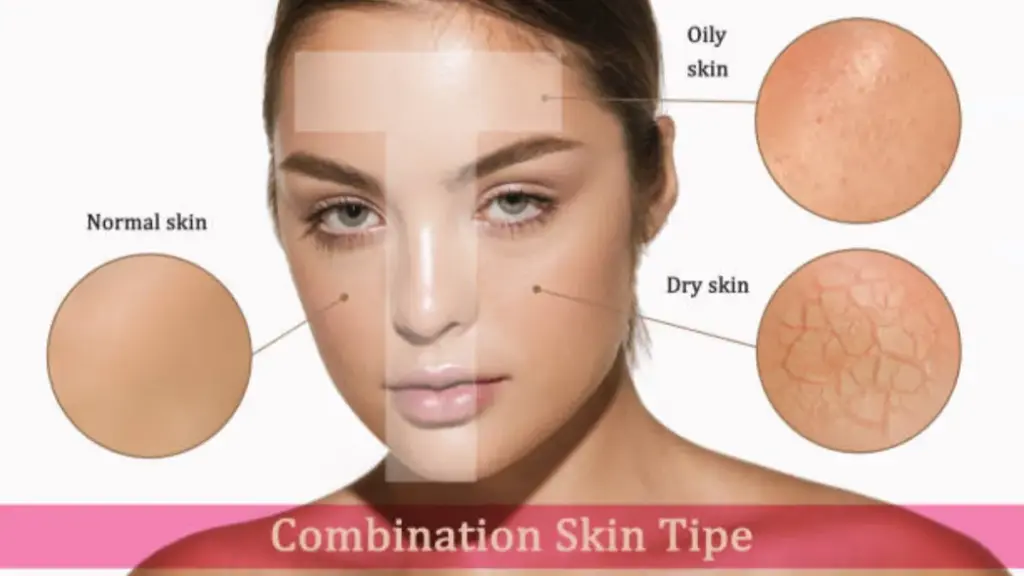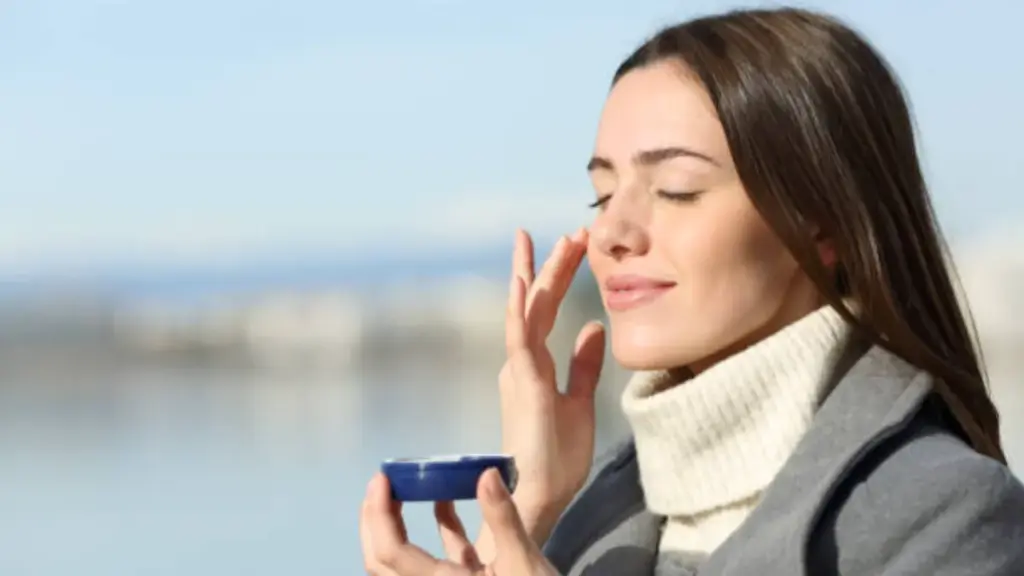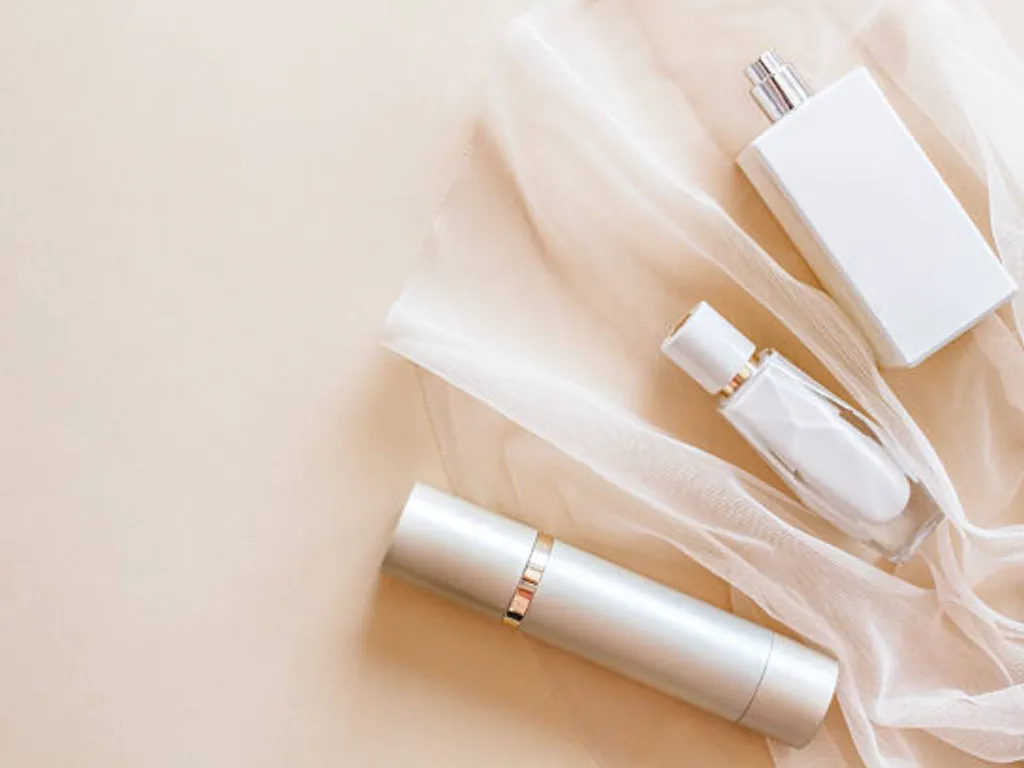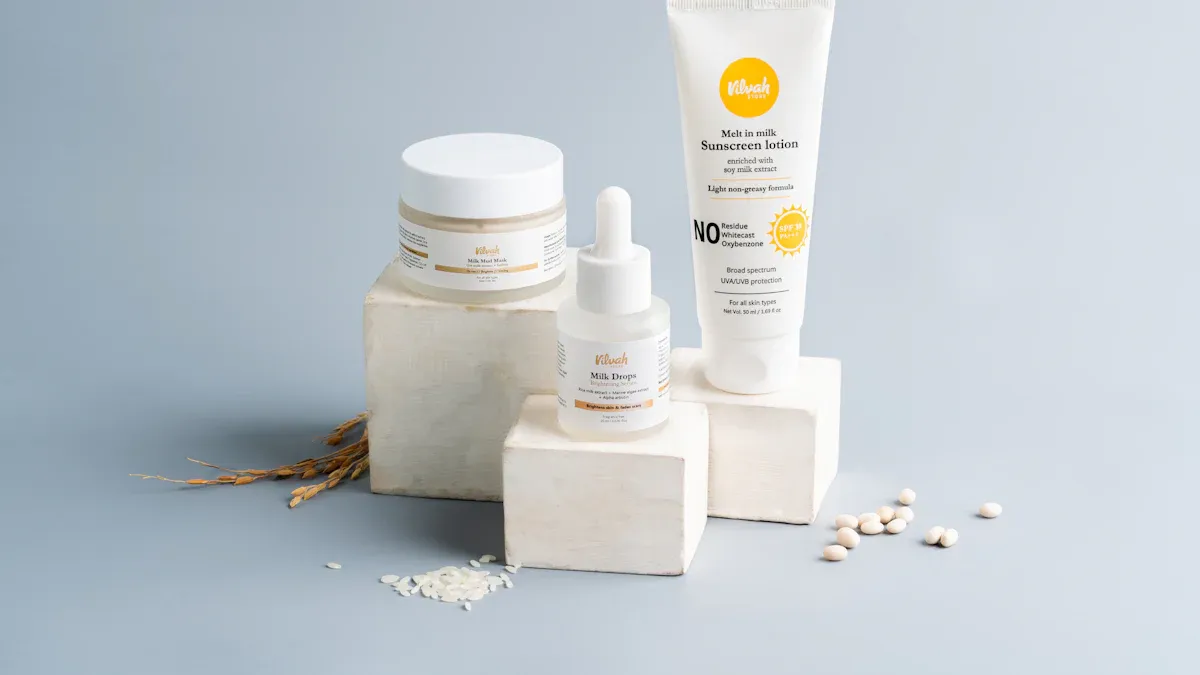
Turning your dream into a thriving beauty start-up might feel overwhelming, but it’s absolutely possible with the right approach. From concept to shelf, every step matters when creating a beauty product that stands out. Whether you want to break into the beauty industry or launch your online makeup brand, it all starts with a clear vision and determination. As a beauty entrepreneur, you’ll have the chance to craft a product line that’s truly unique, connecting with customers who love your cosmetics. Success isn’t reserved for big brands; your indie beauty business can shine just as brightly.
Concept Development
Creating a successful beauty line starts with a solid foundation. This means understanding your audience, defining what makes your product special, and setting clear goals to guide your journey. Let’s break it down step by step.
Defining Your Target Market
Who are you creating your beauty products for? Knowing your target market is essential when you start a cosmetics line. Are you catering to Millennials obsessed with TikTok trends or men looking for effective grooming solutions? Understanding your audience helps you design products they’ll love.
Here’s a quick look at key demographics and their behaviors:
Demographic Segment | Key Insights |
|---|---|
Gender | 6.5% increase in male grooming products in 2020; 60% of men use skincare daily. |
Age | Millennials and Gen Z are influential, driven by social media and celebrity endorsements. |
Socioeconomic Status | High-end brands target affluent consumers; drugstore brands cater to budget-conscious shoppers. |
By identifying your audience, you can tailor your products to meet their needs and preferences. This step increases your chances of success when you create your own makeup line.
Identifying Product Uniqueness
The beauty industry is competitive, so standing out is crucial. What makes your product different? Maybe it’s a unique ingredient, sustainable packaging, or a focus on inclusivity. Use tools like surveys, focus groups, and social media analysis to uncover what your audience wants.
Research Method | Description |
|---|---|
Surveys and questionnaires | Effective tools for gathering quantitative data on consumer preferences and purchasing behavior. |
Focus groups | Facilitate in-depth discussions on beauty needs, preferences, and experiences of target demographics. |
Social media | Analyzing consumer conversations to identify trends and gauge brand sentiment. |
When you start a makeup line, your product’s uniqueness will be your selling point. It’s what will make customers choose your brand over others.
Setting Clear Goals
Goals keep you focused and motivated. When you start your cosmetic line, break your objectives into measurable milestones. For example:
Collaborate with one beauty creator per month with at least 5,000 followers to promote your brand.
Research and select an advertising channel, create content, and launch your first paid campaign by June 2025.
Contact 10 suppliers, compare costs, and finalize product sourcing by April 2025.
Create a Shopify store, upload five products, and launch it by June 2025.
These steps will help you stay on track and measure your progress. Whether you’re figuring out how to start a makeup business or scaling your indie beauty business, clear goals are your roadmap to success.
Business Planning
Building a beauty line isn’t just about creativity—it’s also about smart planning. A solid business plan is your roadmap to success. Let’s dive into the key steps you need to take.
Budgeting for Your Beauty Line
Before you break into the beauty industry, you need to figure out your financials. Budgeting helps you allocate resources wisely and avoid surprises. Start by estimating your costs. Here’s a breakdown of typical budget allocations:
Category | Budget Allocation |
|---|---|
Premium Inventory | $25,000 – $40,000 |
Advanced Website and Tech | $10,000 – $20,000 |
Luxury Branding and Marketing | $15,000 – $25,000 |
Business Registration and Comprehensive Insurance | $2,000 – $5,000 |
Miscellaneous/Contingency | $8,000 – $10,000 |
Marketing is another area to focus on. Experts recommend setting aside 5-10% of your revenue for marketing. If you’re just starting, consider investing up to 20% to build brand awareness. This ensures your indie beauty business gets noticed.
Conducting Market Analysis
Market analysis is the backbone of your business plan. It helps you understand your audience, competitors, and industry trends. Start by researching key factors like age, gender, income, and location. For example, Millennials and Gen Z are driving demand for beauty products, especially those influenced by social media.
Here are some trends shaping the beauty industry:
Key Growth Drivers | Description |
|---|---|
Appearance Consciousness | People care more about how they look, thanks to social media and selfies. |
Social Media Influence | Platforms like Instagram and TikTok shape beauty trends and buying habits. |
Service Specialization | Unique products and premium services attract loyal customers. |
Understanding your competitors is just as important. Analyze their strengths and weaknesses to find opportunities for your brand. This step helps you create a plan that sets you apart.
Crafting a Strategic Business Plan
A strategic business plan ties everything together. It outlines your goals, strategies, and how you’ll achieve them. Focus on areas like demographics, promotions, and services. Did you know 85% of beauty businesses gain new customers through online visibility? That’s why your plan should include a strong digital presence.
Here’s a simple framework to guide you:
Define your target audience and their needs.
Set clear goals, like launching your first product within six months.
Develop a marketing strategy that includes social media and influencer partnerships.
Plan for growth by exploring new product lines or markets.
A solid business plan not only keeps you on track but also makes your indie beauty business more attractive to investors. With the right strategy, you’ll be ready to turn your vision into reality.
Product Development and Testing

Creating a beauty product that customers love starts with careful planning and testing. This phase is where your vision transforms into something tangible. Let’s explore how you can source high-quality ingredients, ensure product safety, and gather valuable feedback to refine your cosmetics.
Sourcing High-Quality Ingredients
Your product’s ingredients are its foundation. High-quality ingredients not only enhance performance but also build trust with your customers. When you start your cosmetic line, prioritize sourcing from reputable suppliers who meet industry standards. Look for certifications like FDA approval or ISO compliance to ensure quality.
Here are some tips to guide your ingredient sourcing:
Research suppliers thoroughly: Check reviews, certifications, and their track record in the beauty industry.
Focus on sustainability: Ingredients like organic oils or plant-based extracts appeal to eco-conscious consumers.
Test for compatibility: Ensure ingredients work well together to avoid formulation issues.
If you’re wondering how to start a makeup business with unique products, consider incorporating trending ingredients like hyaluronic acid or niacinamide. These add value and make your cosmetics stand out.
Conducting Stability and Safety Testing
Safety and stability testing are non-negotiable in product development. These tests ensure your beauty product performs as promised and remains safe for use over time. Here’s a breakdown of essential testing methods:
Testing Method | Purpose |
|---|---|
Microbial Testing | Ensures no harmful microorganisms are present in products before they reach consumers. |
Stability Testing | Determines the shelf-life and stability of a product under various conditions. |
Human Repeat Insult Patch Testing (HRIPT) | Assesses the likelihood of allergic reactions or irritation from a product. |
Claims Testing | Validates that products meet their marketed claims, ensuring compliance with FDA regulations. |
Ophthalmologist Testing | Ensures safety for products used around the eyes, such as tear-free formulations. |
Safety assessments evaluate risks like irritation or microbial growth, while efficacy testing substantiates claims with scientific evidence. These steps protect your customers and your brand’s reputation. When you create your own makeup line, thorough testing ensures your products meet industry standards and exceed customer expectations.
Gathering Consumer Feedback
Feedback is your secret weapon for perfecting your cosmetics. Before launching, test your products with real users to gather insights. This helps you understand what works and what needs improvement. Here’s how you can collect feedback effectively:
Surveys and Questionnaires: Use Likert scales for ratings and open-ended questions for detailed comments.
User Interviews: One-on-one discussions reveal insights that surveys might miss.
Focus Groups: Group discussions highlight diverse perspectives and preferences.
Usability Testing: Observe how users interact with your product to identify usability issues.
Analytics: Tools like heatmaps analyze user behavior and navigation.
Beta Testing Platforms: Streamlined feedback collection with features for bug tracking and discussion.
Social Media and Community Forums: Informal feedback from user interactions on platforms like Instagram.
Feedback Widgets: Embedded tools for immediate user feedback during product use.
For example, brands like Glowing Skin Essentials run monthly feedback campaigns with incentives to engage customers. You can do the same to build a loyal community around your indie beauty business. Listening to your audience helps you refine your product and create something they’ll love.
By mastering product development, you’ll set the stage for a successful launch. From sourcing ingredients to gathering feedback, every step brings you closer to turning your concept to shelf.
Branding and Packaging
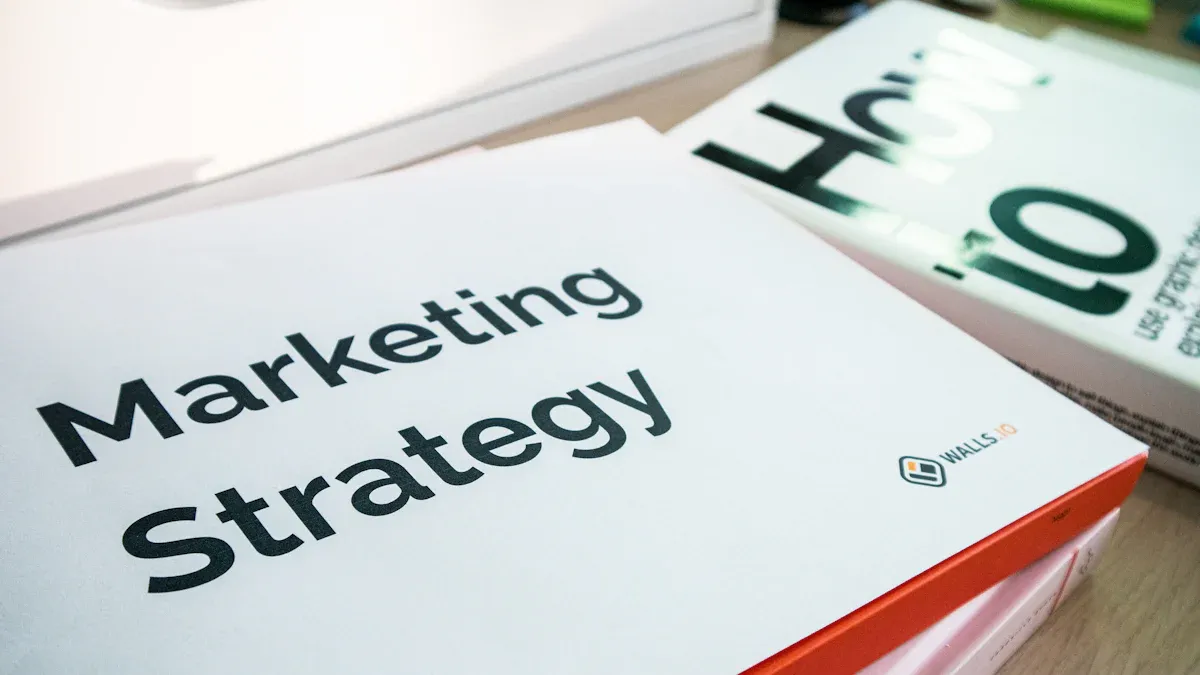
Designing a Memorable Brand Identity
Your brand identity is the heart of your beauty product. It’s what makes your cosmetics stand out and connects with your audience. Start by defining your brand’s personality. Are you bold and edgy or soft and natural? Think about the colors, fonts, and logo that reflect this personality. For example, a minimalist design with earthy tones might appeal to eco-conscious shoppers, while vibrant colors could attract younger audiences.
Don’t forget your story. Why did you start your indie beauty business? Sharing your journey builds trust and creates a personal connection with your customers. A memorable tagline or mission statement can also make your brand unforgettable. Remember, your brand identity isn’t just about looks—it’s about how your customers feel when they see your products.
Creating Sustainable Packaging
Sustainable packaging isn’t just a trend—it’s a necessity. The beauty industry generates over 120 billion units of plastic packaging every year, with most of it ending up as waste. By choosing eco-friendly options, you can reduce your environmental impact and attract conscious consumers. Did you know 46% of beauty shoppers are willing to pay more for sustainable products? That’s a huge opportunity for your brand.
Here are some ways to make your packaging and labeling more sustainable:
Use recyclable materials like glass or paper.
Reduce plastic by modifying packaging designs, like Purezero Beauty did by cutting bottle wall thickness by 20%.
Eliminate unnecessary components, as E.l.f. Cosmetics did, saving over 1 million pounds of packaging.
Sustainability isn’t just good for the planet—it’s good for business. Customers notice when brands take steps to protect the environment.
Evidence | Description |
|---|---|
Plastic Packaging | The beauty industry generates over 120 billion units of plastic packaging annually, with 95% discarded after use. |
Consumer Willingness | 46% of beauty shoppers are willing to pay more for sustainable products, and 43% seek recyclable packaging. |
Packaging Reduction | E.l.f. Cosmetics removed over 1 million pounds of packaging by eliminating unnecessary components. |
Ensuring Regulatory Compliance
Regulatory requirements might sound intimidating, but they’re essential for your beauty product’s success. These rules ensure your cosmetics are safe and meet industry standards. Start by researching the regulations in your target market. For example, the FDA oversees cosmetics in the U.S., while the EU has its own strict guidelines.
Here’s how you can stay compliant:
Label your products accurately. Include ingredients, usage instructions, and warnings.
Test your products for safety and stability. This ensures they meet regulatory requirements.
Keep detailed records of your formulations and testing processes.
Compliance isn’t just about following rules—it’s about building trust. When customers see that your products meet regulatory requirements, they’ll feel confident choosing your brand.
Manufacturing and Supply Chain
The manufacturing and supply chain phase is where your beauty product truly comes to life. This is the stage where your ideas turn into tangible products ready for the market. Let’s explore how you can choose reliable manufacturing partners, maintain high standards through quality control, and streamline your supply chain for maximum efficiency.
Choosing Reliable Manufacturing Partners
Finding the right manufacturing partner is crucial for your beauty line’s success. A reliable partner ensures your products meet quality standards, are delivered on time, and align with your brand’s vision. But how do you identify the best fit? Focus on performance indicators that reveal their reliability and expertise.
Description | |
|---|---|
Customer Retention Rate | A high retention rate shows that the manufacturer consistently delivers products customers love. |
Net Promoter Score (NPS) | A score of 60 or higher indicates strong customer satisfaction and advocacy. |
Customer Lifetime Value (CLV) | High CLV reflects a sustainable business model and long-term customer relationships. |
Revenue Growth Rate | Consistent growth signals the manufacturer’s ability to adapt and succeed in the market. |
Product-Market Fit | Metrics like Amazon ratings (4.0 stars minimum) highlight how well the product meets market needs. |
When evaluating potential partners, ask about their certifications, production capacity, and experience with similar products. For example, Oully’s FDA-, ISO-, and cGMP-certified facility ensures high standards and offers customizable solutions tailored to your needs. Choosing the right partner sets the foundation for a smooth manufacturing process.
Managing Quality Control
Quality control is the backbone of beauty manufacturing. It ensures your products are safe, effective, and consistent. Without it, you risk damaging your brand’s reputation. To maintain high standards, implement statistical benchmarks that monitor every step of production.
Description | |
|---|---|
Process Mapping and Flow | Visualizes production steps to identify bottlenecks and quality checkpoints. |
Quality Gates and Inspections | Thorough inspections at critical stages ensure product integrity. |
Statistical Process Control (SPC) | Tracks production variables to spot trends and anomalies early. |
Raw Material Quality Assurance | Verifies the quality of raw materials through supplier checks and incoming inspections. |
Batch Records and Documentation | Keeps detailed records of production steps for accountability and traceability. |
Training and Competency | Empowers workers with knowledge of standard operating procedures and good manufacturing practices. |
For example, using SPC helps you monitor production variables like temperature and ingredient ratios. This ensures consistency across batches. Regular inspections and documentation also help you catch issues before they escalate. By prioritizing quality control, you’ll build trust with your customers and deliver products they can rely on.
Streamlining Your Supply Chain
A streamlined supply chain keeps your beauty business efficient and competitive. It reduces costs, improves inventory management, and ensures your products reach customers on time. Incorporating demand forecasting and planning into your operations can make a big difference.
Here’s how leading brands have optimized their supply chains:
A cosmetics company used advanced analytics and machine learning to predict demand, reducing inventory costs and boosting sales.
A beauty retailer analyzed social media trends to adjust product offerings, enhancing customer satisfaction and profitability.
Just-in-Time (JIT) inventory management is another effective strategy. It minimizes holding costs by ensuring goods arrive precisely when needed. This reduces the risk of overstocking and obsolete inventory. By adopting these practices, you’ll not only save money but also stay ahead in a dynamic market.
Streamlining your supply chain isn’t just about cutting costs—it’s about creating a system that supports your brand’s growth. With the right strategies, you’ll be ready to meet customer demands and scale your beauty line successfully.
Leveraging Oully’s Expertise in Private Label Manufacturing
When it comes to turning your beauty vision into reality, partnering with the right private label manufacturer can make all the difference. This is where Oully steps in as your trusted ally. With over a decade of experience, Oully specializes in helping beauty brands like yours bring unique products to life. Their expertise spans everything from custom formulations to sustainable packaging, ensuring your products stand out on the shelf.
Why Choose Oully for Your Beauty Line?
Oully isn’t just a manufacturer—they’re a partner in your success. Here’s what makes them a standout choice:
Custom Formulation Expertise: Whether you’re dreaming of a hydrating serum or a bold lipstick, Oully’s team of chemists can create formulations tailored to your vision. They work with high-quality, FDA- and ISO-certified ingredients to ensure your products meet the highest standards.
Flexible Low MOQ Options: Starting small? No problem. Oully offers low minimum order quantities, making it easier for indie beauty brands to launch without overextending their budgets.
Fast Turnaround Times: Time is money, especially in the beauty industry. Oully’s streamlined processes deliver production in as little as 56 days, so you can get your products to market quickly.
Sustainability Focus: Oully prioritizes eco-friendly practices, from sourcing sustainable ingredients to designing recyclable packaging. This helps your brand appeal to environmentally conscious consumers.
Real-World Success Stories
Many beauty brands have achieved remarkable success by leveraging private label manufacturing expertise. Here are two inspiring examples:
SKKN by Kim Kardashian: This brand collaborated with MetaCNBeauty to develop high-performance anti-aging products. By using advanced formulation techniques and premium ingredients, they created a line that resonated with their target audience.
Merit Beauty: Known for its cruelty-free and vegan cosmetics, Merit partnered with MetaCNBeauty to ensure ethical standards and exceptional quality. This approach helped them build trust and loyalty among conscious consumers.
These stories show how the right manufacturing partner can elevate your brand and help you carve out a niche in the competitive beauty market.
How Oully Supports Your Journey
Oully goes beyond manufacturing. They offer end-to-end support to help you navigate every stage of the concept-to-shelf process. Here’s how they make your journey smoother:
Packaging Design Assistance: Need help creating eye-catching packaging? Oully’s design team works with you to craft packaging that reflects your brand’s identity while meeting regulatory requirements.
Dropshipping Services: Want to simplify logistics? Oully’s reliable dropshipping services ensure your products reach customers efficiently, saving you time and resources.
Global Reach: With clients in over 20 countries, Oully has the experience to help you scale your beauty line internationally.
By partnering with Oully, you gain access to a team that’s as invested in your success as you are. They handle the technical details, so you can focus on building your brand and connecting with your audience.
Ready to Take the Next Step?
Choosing a private label manufacturer is one of the most important decisions you’ll make for your beauty line. With Oully’s expertise, you’re not just getting a manufacturer—you’re gaining a partner who’s committed to helping your brand thrive. Whether you’re launching your first product or expanding your existing line, Oully has the tools, experience, and passion to bring your vision to life. So, why wait? Let Oully help you turn your dream into a reality.
Marketing and Distribution
Building Your Brand Identity
Your brand identity is more than just a logo or a catchy tagline. It’s the personality of your beauty product and how customers perceive it. To build your brand, focus on creating a consistent message across all platforms. Think about your values, tone, and visual style. Are you promoting clean cosmetics or bold, artistic looks? Align every element of your branding with this vision.
Tracking your progress is just as important as crafting your identity. Metrics like customer acquisition cost and engagement rates can show how well your efforts are working. Here’s a quick breakdown of key metrics to monitor:
Metric | Description |
|---|---|
Customer Acquisition Cost | The average cost to acquire a new customer |
Customer Lifetime Value | The revenue a customer generates over their lifecycle |
Engagement Metrics | Includes followers, likes, shares, and comments |
Website Traffic | Number of visitors to the website and product purchases |
Conversion Rates | Sales and email sign-ups from campaign touchpoints |
By keeping an eye on these numbers, you can refine your approach and ensure your beauty product resonates with your audience.
Leveraging Digital Marketing Strategies
Digital marketing is a game-changer for beauty brands. Platforms like Instagram, TikTok, and YouTube allow you to connect directly with your audience. Start by creating engaging content that showcases your cosmetics in action. Tutorials, before-and-after photos, and influencer collaborations work wonders.
The results speak for themselves. Indie brands have achieved a 5x return on prospecting campaigns, while remarketing efforts often yield a 7.5x return. Social campaigns, like those partnered with Disney, have even seen a 15x return. Brands like Coola have reported a 50% increase in repeat customers, proving the power of a strong digital presence.
Don’t forget email marketing. A well-crafted email campaign can boost conversions and keep your audience engaged. Use tools to track open rates, click-through rates, and conversions to see what’s working.
Developing Retail and Distribution Channels
Getting your beauty product into the hands of customers requires a smart distribution and marketing plan. While online sales are booming, don’t overlook the power of retail partnerships. Many beauty brands find success by balancing both.
Here’s how different channels are performing:
Channel Type | Performance Metric | Year-over-Year Change |
|---|---|---|
Online Sales | Unit sales growth | 10.4% |
Online Sales | Dollar sales growth | 14.5% |
In Store Visits | Average visits per year | 34x |
Online Visits | Average visits per year | 16x |
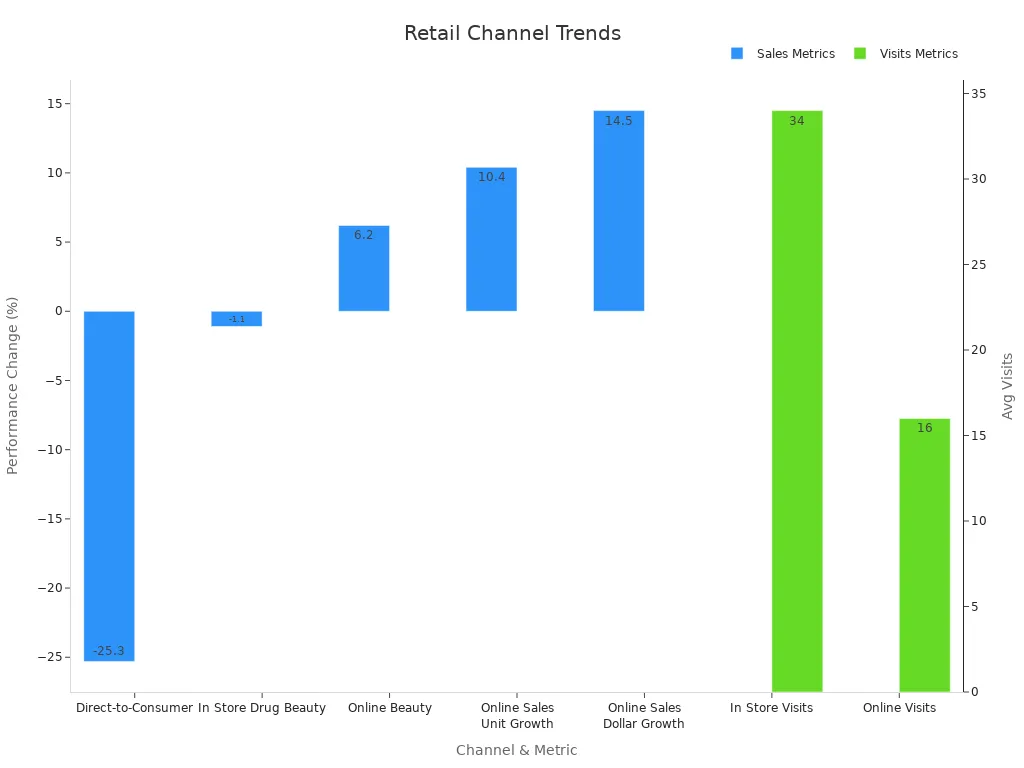
To succeed, focus on building relationships with retailers and optimizing your e-commerce platform. Offer promotions, bundle deals, or exclusive online products to attract more customers. By diversifying your channels, you’ll create a steady flow of sales and build your brand’s reach.
Launch and Scaling
Crafting a Successful Launch Strategy
Launching your beauty line is an exciting milestone, but it requires careful planning to make a splash. A strong launch strategy can set the tone for your brand’s success. Start by creating buzz around your products. Offer samples to potential customers to encourage purchase decisions. Early adopters love incentives, so reward them with exclusive discounts or gifts.
Timing matters too. Align your launch with key events or holidays to maximize consumer interest. For example, launching near Valentine’s Day or the holiday season can boost sales as customers look for gifts. Pre-launch campaigns are another powerful tool. Run these campaigns two weeks before your products hit the shelves to build anticipation.
Strategy | Outcome |
|---|---|
Product Sampling | High opt-in rate of 72% and attracted 84% new customers, increasing brand awareness. |
Strategic Timing | Launching around key events boosts consumer interest and aligns with gift-giving occasions. |
Early Adopter Incentives | Engaging early adopters creates buzz and can significantly impact initial sales. |
A successful launch isn’t just about getting your products to market—it’s about making a lasting impression. By combining strategic timing, sampling, and incentives, you’ll create a launch that resonates with your audience.
Monitoring Feedback and Adjusting
Once your beauty line is live, the real work begins. Monitoring feedback helps you understand how your cosmetics are performing and where adjustments are needed. Track metrics like media share of voice to see how much buzz your launch is generating compared to competitors. Influencer campaign reach is another key indicator. It shows whether your partnerships are connecting with the right audience.
Keep an eye on retailer availability too. If your products aren’t adequately stocked, sales will suffer. Campaign timelines can reveal trends in media buzz and sales data, helping you refine your marketing efforts.
Media Share of Voice: Gauge media coverage compared to competitors.
Influencer Campaign Reach: Measure audience engagement through influencer partnerships.
Etailer Share of Voice: Analyze product visibility on retailer platforms.
Campaign Timelines: Observe sales and buzz over time.
Retailer Availability: Ensure products are stocked to meet demand.
Product Sales: Track sales volume and market share.
Listening to your customers is key. Use their feedback to tweak your formulas, packaging, or marketing strategies. This ensures your beauty line stays relevant and continues to grow.
Planning for Growth and Expansion
Scaling your beauty business is an exciting challenge. To grow sustainably, focus on strategies that balance profitability and efficiency. Omnichannel approaches work wonders. Combine direct-to-consumer (DTC) sales with retail partnerships to reach more customers. Strong brand positioning also plays a big role. Make sure your message is clear and consistent across all platforms.
Expert | Key Insight |
|---|---|
Lila Sharifian | Omnichannel strategies and clear brand positioning drive growth. |
Alaina Hartley | Prioritize profitability and efficiency over pure growth. |
Maggie Abeles | Adapt to higher customer acquisition costs and engage communities. |
Odile Roujol | Balance growth and profitability with smart retailer selection. |
Laura Meyer | Focus on sustainable growth in a high-rate environment. |
Tina Bou-Saba | Premiumization and self-care trends keep the beauty category healthy. |
Martin Okner | Engage consumers, innovate products, and build company culture. |
As an entrepreneur, you should also explore product innovation. Introduce new cosmetics that align with emerging trends, like clean beauty or personalized skincare. Engage your community to build loyalty and trust. Sustainable growth isn’t just about expanding—it’s about creating a brand that thrives for years to come.
Mastering the concept-to-shelf process is your key to creating a beauty line that thrives. Each phase, from defining your target market to streamlining your supply chain, plays a vital role in your success. The beauty industry is booming, with a projected market worth of $758.4 billion by 2025. Consumers spend an average of 2.5 hours daily on social media, and 99% seek reviews before buying. Use these insights to craft a strong launch strategy and connect with your audience. With proper planning and determination, your vision can become a reality.
FAQ
How long does it take to launch a beauty line from concept to shelf?
It usually takes 6 to 12 months, depending on factors like product complexity and manufacturing timelines. Partnering with experts like Oully can speed up the process with their 56-day production turnaround.
What certifications should I look for in a private label manufacturer?
Look for FDA, ISO, and cGMP certifications. These ensure your products meet safety and quality standards. Oully’s facility holds all these certifications, giving you peace of mind.
Can I start a beauty line with a small budget?
Absolutely! Many indie brands start small. Oully offers low MOQ options, making it easier to launch without overspending. Focus on essentials like product development and marketing.
How do I ensure my beauty products are safe for customers?
Conduct stability and safety testing, including microbial and allergen assessments. Partnering with a manufacturer like Oully ensures your products meet industry standards.
What’s the best way to market my beauty line online?
Leverage social media platforms like Instagram and TikTok. Create engaging content, collaborate with influencers, and use targeted ads to reach your audience. Email campaigns also work well for building loyalty.

